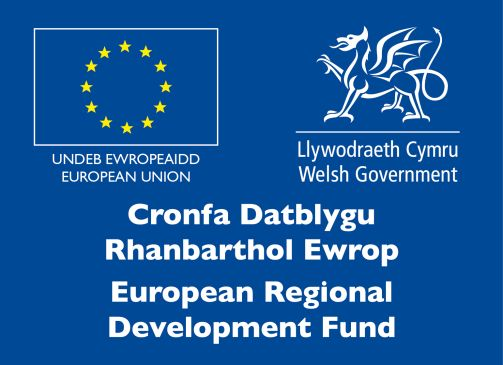i-SPACE: Maximising scrap from end-of-life components
By Cathy Bell, i-SPACE Project Manager
Steel is a highly engineered product capable of serving a wide range of applications by developing specified physical properties. Properties are derived through the close control of chemical analysis and thermomechanical processing. Steelmaking is a carbon-intensive process; however, the choice of steelmaking method and, therefore, raw material influences the extent of carbon emissions generated during liquid steelmaking. There are several methods of manufacturing liquid steel but only two sources of raw material. These are iron ore mined from the earth’s crust and recycled ferrous metal (steel scrap), including end-of-life vehicles. Steelmaking methods based wholly or partly on the conversion of steel scrap generate much lower carbon emissions compared to manufacturing from iron ore.
The UK currently produces approximately 10 million tonnes of steel scrap per annum; however, a significant volume of this domestically arising raw material is exported to non-UK steelmakers. The buoyant export economy is largely driven by market forces; however, a contributory factor is the fact that recycling practices leave much to be desired. For steel scrap to be a suitable raw material for steelmaking, it must be free from contamination (by other materials and organic matter), have an appropriate chemical analysis (both in terms of iron content and other elements) and be an appropriate size (this influences density in the melting furnace).
Steel scrap arises from four main sources, namely, 1) during the manufacture of cast and rolled products (i.e., steelmaking scrap), 2) during the manufacture of components and finished goods (i.e., fabrication, assembly and construction scrap), 3) demolition both on large and small scale and 4) end-of-life components. The largest source by volume is end-of-life components, both discrete objects (e.g., rails, columns, chains and tubes) and finished goods containing steel components (e.g., cars, washing machines, lawnmowers and printers). The separation of ferrous metal (steel), non-ferrous metal and non-metal plus the sorting of different types of ferrous metal by chemical analysis is essential to ensure the steelmaker receives raw material suitable for the manufacture of a grade with defined chemical analysis. It is important to note that during the separation and sorting of ferrous metal from end-of-life components, the capture and recycling of other materials are often minimal. Separation and sorting of any and all materials (ferrous metal, non-ferrous metal and non-metal) is an integral part of a commercially and ecologically sustainable future.
INNOVATIVE STEEL PROCESSING ACCELERATING THE CIRCULAR ECONOMY, or “i-SPACE” is a WEFO ERDF funded project that will outline in a business case the resources required to set up and operate a state-of-the-art material separation and sorting Pilot Plant designed to process end-of-life components. The vision is to develop a technically and commercially viable source of raw material from domestically arising end-of-life components, and for this reclaimed material to re-enter the UK Steel Industry and other UK Foundation Industries. Simultaneously, reducing the export of raw material, eliminating waste destined for landfill and downcycling (manufacture into lower grade product). In parallel to the commercial activities, there is a desire to establish a core group of expertise to ensure reclaimed material is suitable for re-entry into manufacturing supply chains.
i-SPACE is a collaboration between Swansea University and UK Steelmakers. However, whilst developing the business case, it is hoped the number of interested parties will expand to include additional steelmakers, representatives from the wider Steelmaking supply chain and other Foundation Industries. The expected benefits from i-SPACE are:
increased knowledge within the steelmaking community of scrap separation and sorting techniques applicable to end-of-life components,
increased knowledge regarding the availability and suitability of end-of-life steel scrap for grades manufactured by UK steelmakers,
create demand within the UK for domestically arising steel scrap,
explore commercial outlets for non-ferrous metals and non-metals generated by the separation process,
raise the profile of the concept of design for recycling and material reclamation at end-of-life.
For further information visit the Flexis website




